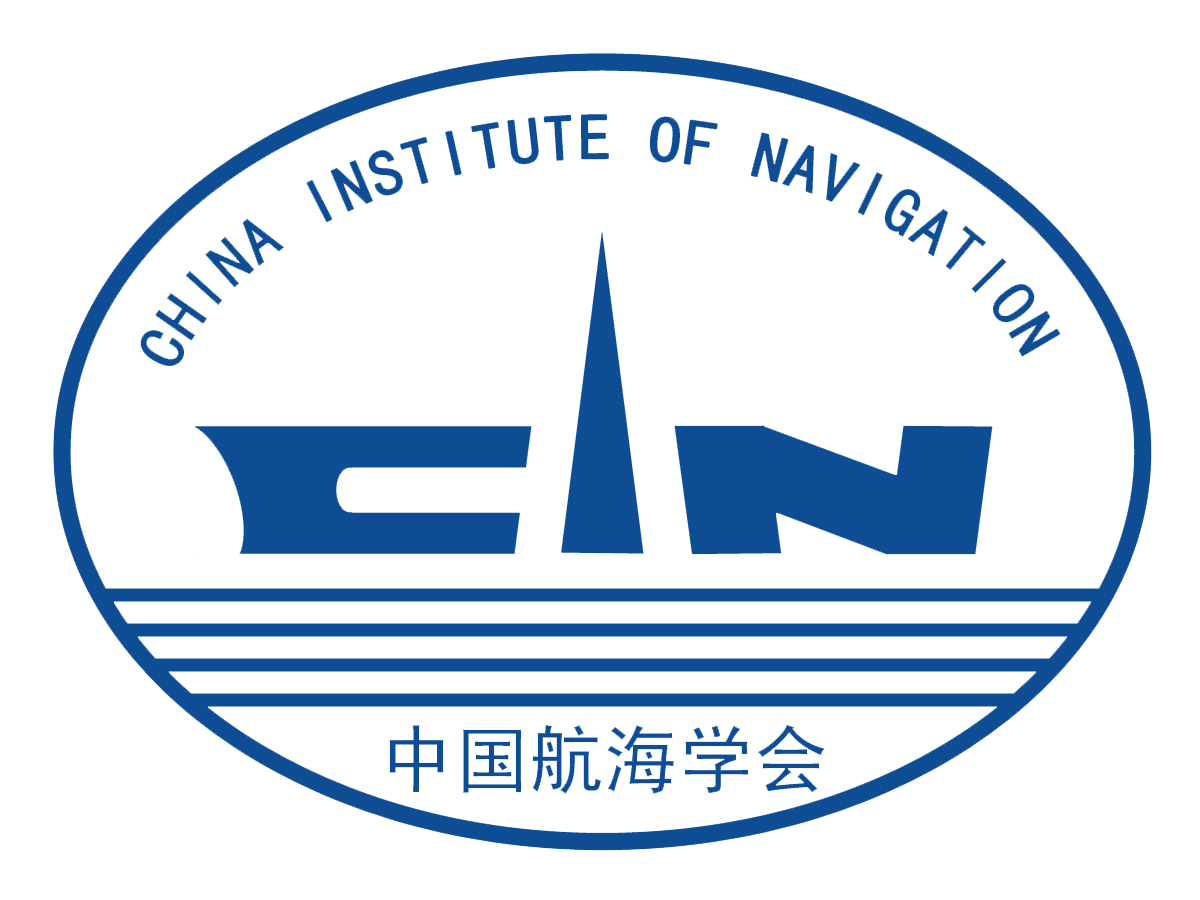“咖啡提神、醒脑、防疲劳……”
这是人们对咖啡功能的共识。
“但是,你们不要忘记水手是咖啡的真正传播者!”这是海默船长的口头禅。
海默船长是咖啡的忠实“伴侣”和“粉丝”。
一次,海默船长驾船来到号称“雾廊”的海域。四处雾色茫茫,百米内不见船影,只闻此起彼伏的汽笛声。
海默船长坚持在驾驶台,一天一夜未合眼。疲惫和睡意使海默船长连连打着哈欠。
这时,一位水手端来一杯热腾腾的咖啡,咖啡下肚,顿时精神倍增睡意全无。
“咖啡真给力!”
从此,驾驶台多了一杯专为海默船长准备的咖啡。
海默船长与咖啡建立了深厚的“感情”,随着远航的足迹,世界许多著名咖啡馆,“星巴克”、“麦当劳”、“塞纳左岸”、“莱茵咖吧……。都留下了他的身影。
而且,海默船长还知晓这些著名咖啡馆的来历和秘密;“星巴克”咖啡馆的创始人是位出身贫苦,因“偷”咖啡被父亲责骂,最后发誓要开世界最大咖啡馆的舒尔茨的故事。“麦当劳”内各式各样咖啡制做的“秘芨”,“塞纳左岸”店名的蹊跷来历……。
但是,位于阿拉伯半岛也门亚了港,一座享誉航海界的咖啡馆——水手咖啡馆却使海默船长向往已久。从未光顾过。
据说,这座以水手名义开设的咖啡馆,门面不大,一项类似东方“摸彩”的活动引来众多顾客,特别是远航的海员。中奖者可打折品尝各式特色咖啡,还有幸与咖啡馆创始人画像留影。
终于,机会来啦。
海默船长驾船来到了位于阿拉伯半岛的亚丁港。
阿拉伯半岛是盛产咖啡的故乡。亚热带雨林里神奇地长着一丛丛常绿的灌木——咖啡树。咖啡树开着白色花,结着深红色坚硬的果实,敲开硬壳,里面是气味迷人豆粒般的“咖啡豆”。人们把“咖啡豆”碾碎烧煮饮用,提神醒脑,深受当地人的喜爱。
人们把这种新型饮料称做“咖啡”。
不久,阿拉伯半岛许多地方陆续开设了咖啡馆,一些形形色色的人聚体在咖啡馆;公务员、商人、政客、作家、水手……。店堂里充满了复杂的争吵声和政治谋划。
这时,一些寺院的僧侣也被吸引到咖啡馆,而荒废了寺院的正常工作。
“咖啡馆”触怒了当权者和宗教领袖。“咖啡馆”被勒令关闭。
一时风痱整个阿拉伯半岛的咖啡被禁饮了。
但是,阿拉伯半岛地处三大洲的航海交通要道。经过无数天海上漂泊的水手。没有忘记使他们解除疲劳和兴奋的咖啡。水手们不能在店上喝,就把咖啡带上船。在暗暗的羊油灯下,喝口苦涩而香郁的咖啡,提神健脑,消除疲劳。
咖啡与水手结下了不懈之缘。
“咖啡伴着远航水手的足迹,漂洋过海;来到地中海,来到罗马城,来到欧洲,来到非洲……水手是咖啡忠实的传播者!”
海默船长常常向船员讲起,水手们引以自豪的这段历史。
难道,“水手咖啡馆”与这历史有关。
海默船长怀着好奇和疑问来到这座咖啡馆,咖啡馆设在离码头不远的商业街上;门前挂着一块招牌,招牌上,一位水手躬身捧着一杯咖啡的照片,下面一行字,使人眼前一亮:“水手咖啡馆。”
初看,这座咖啡馆并不起眼。走进门里,一位额头缠着头巾的老人笑容可鞠地喊道:“欢迎光临!”
环顾四周,整个店铺不大,也只能坐下20几个人。虽然时间已晚,里面仍然满满腾腾,看样子大多是远航的水手。
一盏橘色的灯光照在正面墙上已经泛黄画像;一位穿着海魂衫的老者。
缠头巾的老人告诉海默船长:“曾祖父,穆罕默德·阿基姆。”
陪冈海默船长的船舶代理接了一句:“咖啡馆的创始人。”
接着介绍说,一百多年前,阿基姆是位远航水手,与其他水手一样将研制好的咖啡带上航。除自己享受外,还带到世界各地,是忠实的咖啡传播者。后来他们的行为被当局发现,除禁令他们的行为外,还把咖啡全部抛到海里……。阿基姆没有甘心,他们将未研制的咖啡豆伪装好悄悄带了出去。这些咖啡豆成了各地种植咖啡的种子。
随着咖啡在世界广泛传播,咖啡不再成为禁品,退休后的阿基姆在家开了间“水手咖啡馆”,除维持生计外,主要是纪念那段难忘的历史。
但是,好景不长,一次特大的海啸,使这座航海的咖啡馆毁于一旦。阿基姆临终前立下遗嘱:“重建‘水手咖啡馆,世代传下去!’”许多水手纷纷在店馆门板上写下留言:“请早日开门!”
终于,“水手咖啡馆”重新开张了。至今,“水手咖啡馆”已延续了几代人。
讲到这里,海默船长想起咖啡馆“摸奖”的活动。
缠头巾的店主笑着把海默船长带到旁边一间屋内,打开一只深红色的木箱;里面放着许多五颜六色的低装,随手取出一个低袋,里面盛着几颗深红色的咖啡豆,并解释说:“这是祖上留下的规矩:水手是咖啡的传播者和伴侣。凡进店的水手一律给予优惠,并学习了东方的‘摸奖’的办法,把咖啡豆装进彩袋,按袋内咖啡豆的多寡打折消费。”
听到这里,海默船长顺手摸子个彩袋,里面有五颗深红色的咖啡豆。
海默船长按规则打折品尝了咖啡,并与墙上那位“水手咖啡馆”创始人合了影。
海默船长的咖啡馆又增加了新的一页。
“Coffee boosts energy, wakes up the brain, and prevents fatigue…”
This is what most people think of coffee. “But don’t forget,” Captain Heimler always
said, “That seafarers are the reason why coffee is so popular today!”
Captain Heimler had always loved coffee. Even at sea, he kept a coffee mug with him
and made coffee in his ship’s break room every morning before tending to his duties.
Once, Heimler and his ship sailed into a misty, foggy region on the sea. They were
surrounded by haze and could see nothing but a wall of smog around them, and could only
hear the sounds of their own steamship’s whistling.
In order to guide his ship out of the mist, Captain Heimler stayed in front of the steering
wheel all night without a second of rest, even though he was exhausted. Seeing him yawn,
one of his shiphands remembered Captain Heimler’s obsession, sneaked off to the kitchen,
and brought back a mug full of steaming hot coffee for him.
Captain Heimler took a sip, waited a few minutes, and said, “Thank you. This coffee
really woke me up!”
With the power of coffee, Heimler navigated his ship out of the haze area without much
difficulty. Heimler and coffee began a longstanding relationship, and he made sure to visit a
popular café wherever he sailed to. Be it a popular chain coffee store like Starbucks and
Luckin Coffee, or a local gem like South Africa’s Durban Freedom Café or La Fontaine de
Belleville in Paris, Heimler had tried it all.
Moreover, Captain Heimler knows the origins and secrets of these famous cafés. The
founder of Starbucks, for example, was a poor man named Howard Schultz who vowed to
own the greatest coffee shop in the world after being beaten by his father for stealing coffee
beans. He also knew the history behind how La Fontaine became a staple in the Parisian
coffee scene, and even how McDonalds’ McCoffee had a secret recipe for the coffee that they
served to guests.
However, there was one cafe that Heimler had longed to visit for a long time, but hadn’t
yet gotten the chance to. Located on the Port of Aden in Yemen, the Seafarers’ Cafe was
well-renowned within the nautical world. Apparently, this cafe was originally opened
specifically for sailors, and had a unique lottery draw that allowed sailors who visit to tryr
their luck and pick out a prize. Some of the prizes included a variety of rare coffee beans and
a chance to take a photo with the great-grandson cafe’s founder.
Finally, after many years of wondering about this café, Heimler had the opportunity to
sail into the Arabian Peninsula.
Evidence of coffee being served and drank in Yemen had been reported ever since the
early 15th century, before any other country even knew about the existence of the popular
drink. The subtropical rainforests in the region were covered with evergreen bushes and
cocoa trees, which blossomed with gentle, snow-white flowers that hid within them dark red
fruits with solid, protective shells. After cracking over the exterior, people were overwhlemed
by the fragrant, rich smell of coffee beans. They crushed the beans and boiled them in water,
creating the refreshing, invigorating beverage we now know as coffee.
Before long, many countries in the Arabian Peninsula began harvesting their own coffee
beans and opening cafés. People from all walks of life - small shopkeepers, educators,
businessmen, politicians, artists, writers, and sailors - could be found in the café with a coffee
of their liking. The coffee shops were full of eloquent exchanges of artistic visions, and of
complex arguments about politic philosophies.
But at the same time, monks from nearby monasteries were also attracted to the coffee
shops, so much that they tended to desert their duties and linger at the café instead. The allure
of coffee offended the religious leaders of the area, and the cafés were forced to close.
The coffee that once took the Middle East by storm, was now banned in all corners of
the region.
However, the Arabian Peninsula stood at the center of nautical trade between three great
continents. Thousands of wandering sailors made frequent stops on the land, often interacting
with locals and visiting cafés nearby various ports. They fondly remembered the mysterious
beverage they were served and how it could relieve the fatigue and weariness brought about
by the sea. So instead of drinking coffee inside a store, the seafarers made deals with coffee
plantation owners and asked them to brew coffee for the sailors to bring onboard the ships. In
the dim light of their oil lamps, the mariners indulged in bitter yet unforgettably delicious
coffee, sparing themselves from exhaustion and ensuring that the coffee makers did not get in
trouble.
Coffee and seafaring thus ignited a secretive yet inseparable love affair.
“Coffee accompanied sailors on their voyages all around the globe, from the Middle
East to the Mediterranean, to Rome, to Europe, and to Africa… Seafarers have always been
the faithful providers of coffee!”
Heimler held onto his mug and told this story to his crew, making them proud of naval
excursions’ contribution to the modern world. As they pulled into the Port of Aden, Heimler
wondered if the history of coffee had some relation to the Seafarer’s Cafe.
With a mind full of questions, Heimler arrived at a market district near the harbor. A
sign hung in front of the door to an unsuspecting shop, saying, “Seafarer’s Café”.
At first glance, the establishment is plain and ordinary. Inside, an old man with a turban
grinned at Heimler and shouted, “Welcome!”
Heimler tried to contain his excitement and looked around. The café wasn’t big and
could fit around 20 people. Even though it was late in the afternoon, customers sat at almost
every table. Some sipped coffee from a mug while reading a novel, others wrote reflections in
their journals and letters to their loved ones, and some energetically talked with their
companions as they shared pastries and snacks. Heimler noted that most of the customers
looked like they were, or used to be, sailors.
As he walked around the café, Heimler noticed a portrait of a man who wore a striped
sailor’s uniform on the wall.
The old shopkeeper noticed Heimler’s interest, and told him, “This is my
great-grandfather, Mohammed Akeem. He was the creator of this café.”
The storeowner sat down with Heimler at a table and poured him a cup of coffee. He
explained that over a hundred years ago, Akeem was a sailor who, like many at the time,
constantly brought coffee beans onto his ship to indulge in while drifting at sea. Aside from
drinking it everyday himself, he also introduced coffee to the citizens of the places he
voyaged to. But his behavior was later discovered by authorities, who banned his ship from
ever buying coffee again and told them to pour their remaining coffee beans into the ocean.
Despite the harsh words and potential punishment, Akeem did not give in. Akeem
secretly brought undeveloped cocoa beans from his hometown and gave it to any foreign
farmers that would take them, and asked them to harvest the new beans that would later grow
from beautiful white flowers. Akeem’s cocoa beans became the start of a new coffee frenzy
all across the world.
With the prevalence of coffee everywhere, they were no longer considered a forbidden
commodity. After retirement, Akeem built and opened a Seafarer’s Cafe in his hometown, not
only to make ends meet, but also to pay homage to an important part of history.
Unfortunately, Akeem’s first café did not last very long. A tsunami in Yemen hit Aden
particularly hard, and smashed the Seafarer’s Café into pieces.
On Akeem’s deathbed, he asked his son to rebuild the Seafarer’s Café and to pass it
down for generations to come. Many sailors also revisited the café during its reconstruction,
not only to donate the coins and well wishes they could spare, but to also write on the doors
and walls of the unfinished coffee store, “We hope to taste your wonderful coffee again
soon!”
Finally, Akeem’s son opened another Seafarers’ Café in the exact same spot as the
previous one. It stood tall against any challenge and adversary, and has now been open for
many generations.
Akeem’s great grandson, the current shopkeeper smiled, and as he finished his story, he
reminded himself of the lottery draw activity that the café offered to sailors.
The shopkeeper asked Heimler to follow him into another room and opened a dark red
wooden box. Inside it contained a few differently-colored gift bags. He took out a bag and
showed Heimler its components: coffee beans.
“This is the rule that my grandfather left,” he explained, “Seafarers have always been the
suppliers and companions of coffee. All sailors who enter our store are given a discount
depending on how many cocoa beans are in the bag they pick in this lucky draw.”
Heimler carefully reached into the box and picked a gift bag. The bag included five
fragrant coffee beans.
Delighted, Heimler accepted his discount and the bag of coffee beans, and took a photo
with Akeem as his souvenir. A new page had been added to Heimler’s stories of coffee.
来源: 中国航海学会


 科普中国公众号
科普中国公众号
 科普中国微博
科普中国微博

 帮助
帮助
 中国航海学会
中国航海学会 
